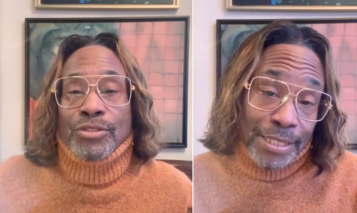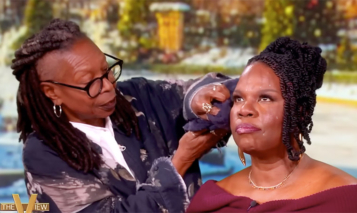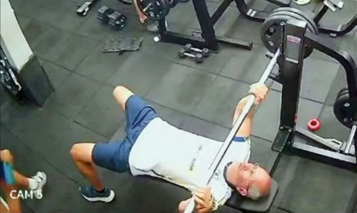
The NFL officially canceled the game between the Buffalo Bills and Cincinnati Bengals that was postponed on January 2 when Bills safety Damar Hamlin suffered a cardiac arrest.
According to the Associated Press, the NFL is considering canceling Sunday’s games while they figure out what to do with the playoff seedings and scheduling.
The NFL Players Association will have to approve the changes.
Multiple coaches and players called for the NFL to cancel Sunday’s games because they are still shaken by the sight of a healthy 24-year-old player collapsing on the field.
Hamlin’s heart stopped after he made a routine tackle on the Bengals’ Tee Higgins during the 1st quarter of Monday’s game.
Hamlin is awake but still on a ventilator because he can’t breathe on his own.
Every news outlet is attempting to downplay the seriousness of Hamlin’s condition.
Within minutes after Hamlin went into cardiac arrest, the news media and the doctors on their payroll scrambled to come up with a suitable excuse to explain Hamlin’s cardiac arrest.
They all parroted the same condition: “Commotio cordis,” an extremely rare form of ventricular fibrillation in pre-teens and teenage boys that occurs after a blow from a fastball or hockey puck to the chest. Ventricular fibrillation is fatal if not reversed quickly.
Hamlin’s uncle Dorrian Glenn told CNN that Hamlin is receiving 50% oxygen on a ventilator – down from 100%.
Every news outlet rushed to report that Hamlin is “showing signs of improvement.”
Mediate.com reported incorrectly that “Hamlin was breathing at 50 percent on his own.”

The goal is to quickly wean ventilator patients from 100% oxygen (preferably within 24 hours) to reduce the risk of oxygen toxicity which can cause lung and brain damage.
A setting of 50% oxygen on a ventilator means Hamlin is receiving more than double the amount of oxygen available in room air. Room air is 21% oxygen.
Currently, he has a breathing tube is in his mouth/throat. If he can’t be weaned off a ventilator within 7-10 days, a surgical procedure called a tracheotomy will be performed. A surgeon will cut a small hole in his neck to place a breathing tube. The tube in his mouth/throat will be removed.





